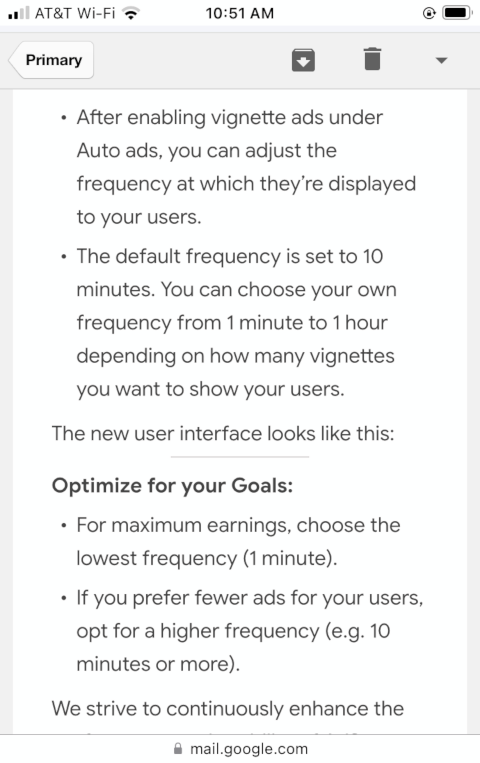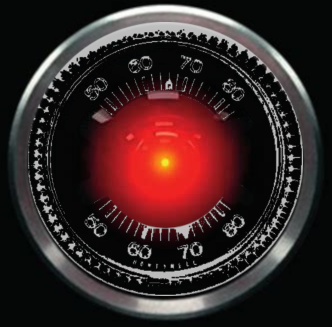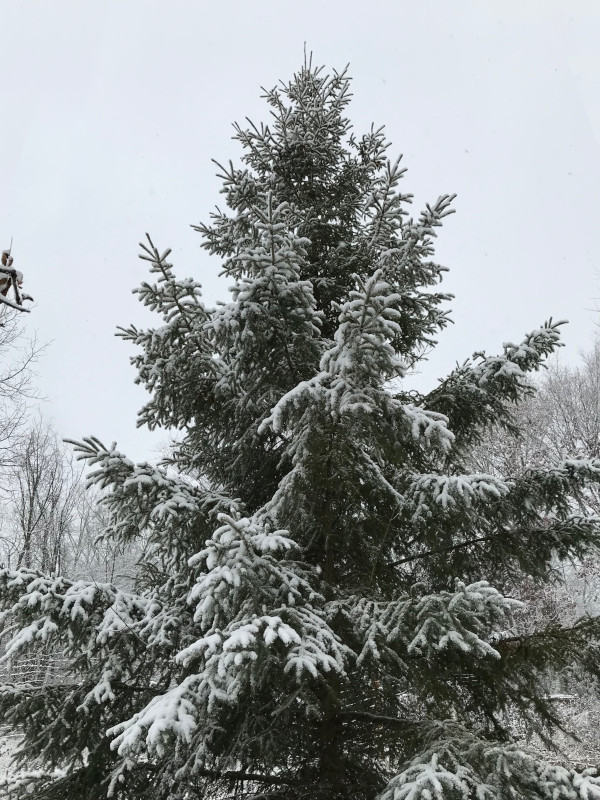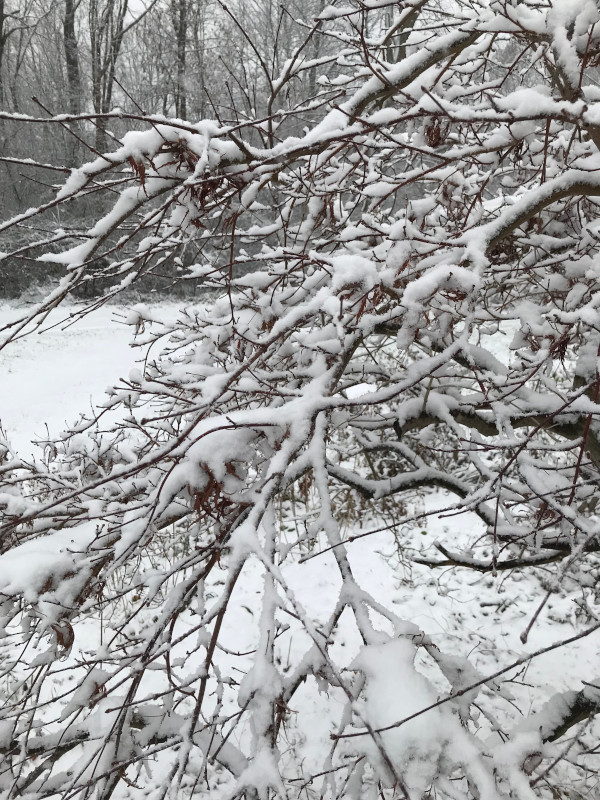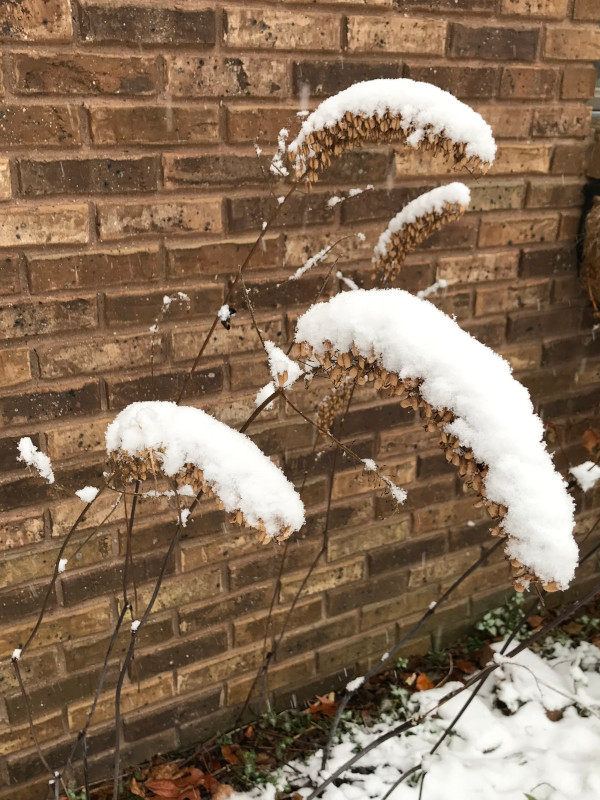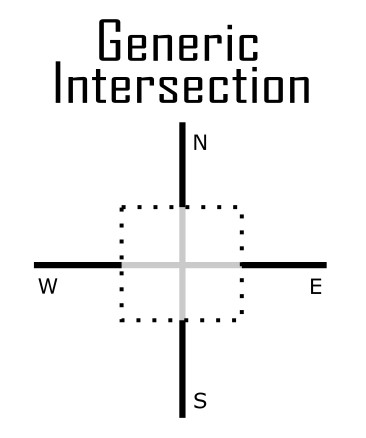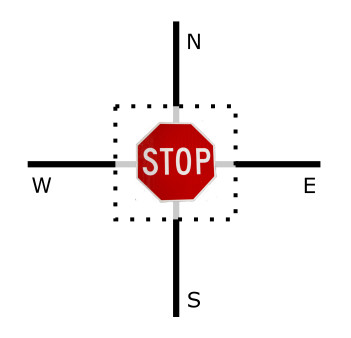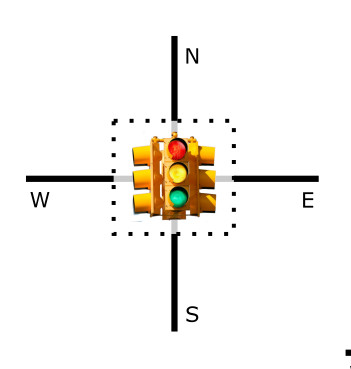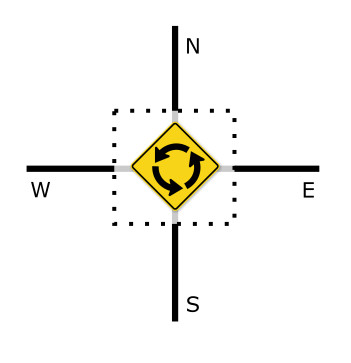New Math Operation
Dec
27
2023
I happened to be reading the back of the cereal box during a recent breakfast, and it had some activities to try.

So I tried them, and I was particularly disappointed with the math challenge. Here is the challenge. You try it and see what you think.

It starts off easy enough: raspberry plus raspberry equals 4, so 4/2 = raspberry, thus raspberry = 2.
Then I skipped ahead to raspberry plus spoon equals 12, so 2+spoon = 12, thus spoon = 10
Similar logic with the last clue gave me strawberry = 3
Then we have two of the three variables for the second clue, so we can solve for blueberry = 6
So that gives us all the items we need for the final equation, to find the answer they want.
The first cluster of 3 fruits is a mystery, but we can solve the rest and come back to that. So strawberry plus spoon plus blueberry equals 19. Now all we need to do is add that to the fruit cluster.
The fruit cluster is a blueberry and raspberry and spoon clumped together, with no math operation involved. What is the math operation in this case?
Usually, if you put numbers together with no operator, that means multiply, like (10)(6)(2). So that would give the clump the value of 120, so the answer would be 120+19 = 139
But putting them together could also just be concatenating the numbers, so 6102, which would make the answer 6121.
Let’s check if the answer is either 139 or 6121.

Nope, they say the answer is 37. That makes no sense. Let’s see if we can work backwards and figure out what math operation the fruit cluster is.
The clump must be 37-19 = 18.
Oh, if they want you to add the numbers together, they put a plus sign between the symbols. Or they just lump them together with no operators. That was not intuitive, because they already established the plus sign means add. Switching away from that, but then keeping it too, with no instructions or clues for what that means, makes it frustrating.
“Behold, I have discovered this,” says the Preacher, “by adding one thing to another to find an explanation”
Ecclesiastes 7:27

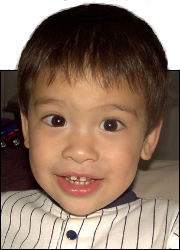 This is Alpha, the first-born, when he was 2YO.
This is Alpha, the first-born, when he was 2YO. This is Beta, the second-born, when he was about 2YO.
This is Beta, the second-born, when he was about 2YO. This is Gamma, the third-born, when he was about 18MO.
This is Gamma, the third-born, when he was about 18MO.
